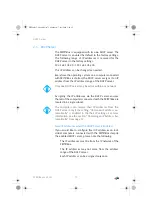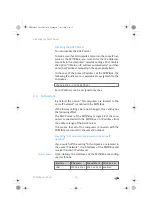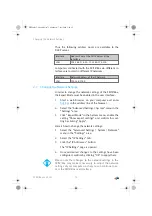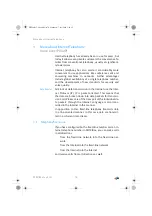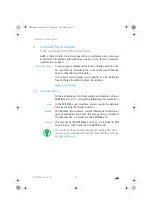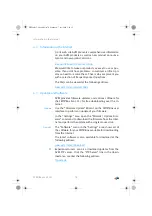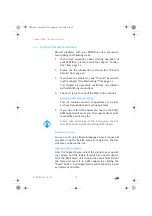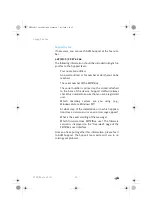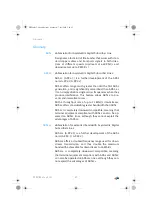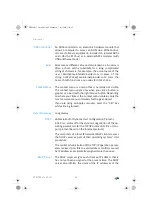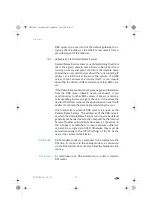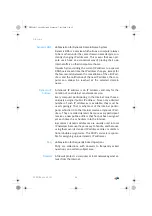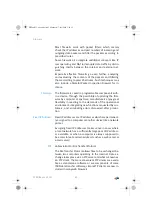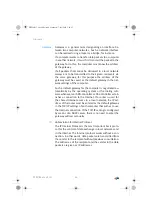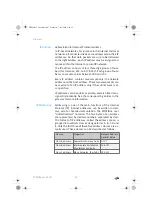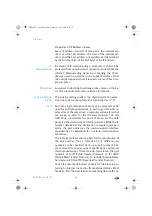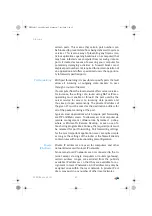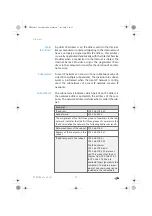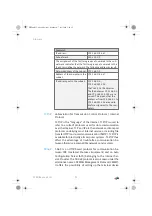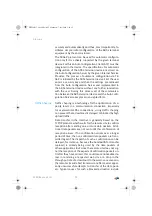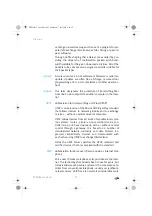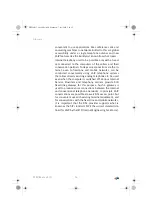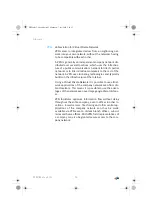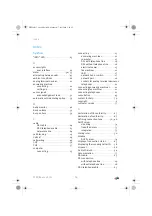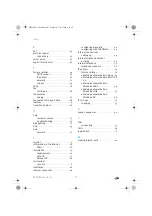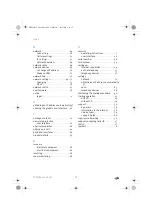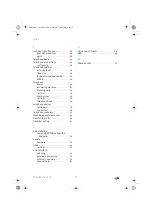
Glossary
FRITZ!Box Fon 5113
87
IP Address
abbreviation for Internet Protocol address
In IP-based networks, for instance in the Internet and local
networks, all connected devices are addressed via their IP
addresses. So that data packets are sure to be delivered
to the right address, each IP address may be assigned on-
ly once within the Internet or a local IP network.
The IP address consists of four three-digit groups of num-
bers (for instance, 192.168.178.247). Each group of num-
bers can assume values between 000 and 255.
Every IP address contains two components: the network
address and the host address. These two components can
be read out of an IP address only if the subnet mask is al-
so specified.
IP addresses can be public or private, and also fixed or as-
signed dynamically. See the corresponding entries in the
glossary for more information.
IP Addressing
Addressing is one of the main functions of the Internet
Protocol (IP). Internet addresses can be written in deci-
mal, octal or hexadecimal notation. The FRITZ!Box uses
“dotted-decimal” notation: The four bytes of an address
are represented by decimal numbers separated by dots.
The full set of IP addresses, called the address space, is
grouped into address classes designated as A, B, C, D and
E. Only the first three of these five address classes are ac-
tually used. These classes can be described as follows:
Classes
Properties
Network Address,
Decimal Value
Class A address
Few networks, many hubs 0-127
Class B address
Intermediate distribution
of networks and hubs
128-191
Class C address
Many networks, few hubs
192-223
FBFon5113-e.book Seite 87 Mittwoch, 7. Juli 2010 3:40 15

